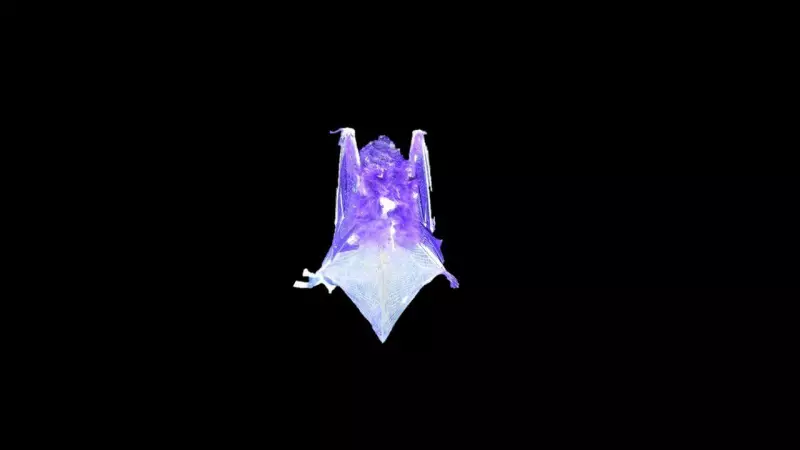
In a discovery that illuminates the hidden wonders of the nocturnal world, Canadian researchers have confirmed that multiple species of North American bats possess a remarkable ability to glow under ultraviolet light. This fascinating phenomenon adds these winged mammals to a growing list of creatures with natural fluorescence.
The Glowing Discovery in the Dark
Scientists examining museum specimens made the startling finding that when exposed to UV light, the fur of six different bat species emitted a vibrant range of colors. The fluorescence appeared most strongly on their wings and body fur, creating an otherworldly glow that remains invisible to human eyes under normal conditions.
This isn't just a scientific curiosity—researchers believe this fluorescent capability might play a crucial role in how bats navigate and communicate during their nighttime activities. The discovery opens up new questions about how these creatures perceive their world and interact with each other in darkness.
What Makes Bats Glow?
The exact mechanism behind this bat fluorescence remains partially mysterious, but scientists suspect specific compounds in their fur and skin absorb ultraviolet light and re-emit it as visible glow. This natural phenomenon has been observed in other mammals like flying squirrels and platypuses, but seeing it widespread in bats suggests it might be more common in the mammalian world than previously thought.
Implications for Wildlife Research
This groundbreaking discovery could revolutionize how scientists study bat behavior and ecology. Researchers are now investigating whether this fluorescence serves practical purposes such as:
- Enhanced night vision capabilities
- Species recognition and communication
- Camouflage or warning signals
- Mating and social behaviors
The finding emphasizes how much we still have to learn about even our most common nocturnal neighbors. As research continues, each glowing discovery brings us closer to understanding the complex visual world of creatures that thrive in darkness.





